There seem to be two schools of thought when it comes to water with hydroponics. Some believe that using regular tap water is fine, while others think that reverse osmosis water is better and safer for plants. Below we’ll discuss the differences between tap water and reverse osmosis (RO) water.
Tap Water
Municipalities need to meet EPA standards before allowing the general public to have access to water. When water for the city is sourced from an underground aquifer or a reservoir, the water will contain biological content from plants, fish, and other aquatic life forms that live in it. It is imperative to sanitize this water before it is released for public consumption, otherwise, it could cause a variety of health issues to people who use and consume it.
To remove organic matter, water treatment plants add chemicals such as Algicide, Chlorine, Chlorine Dioxide, Muriatic Acid, Soda Ash, or Sodium Bicarbonate. This helps to eliminate any remaining parasites, bacteria, and viruses.
This process is effective in killing organisms. However, those chemicals will remain in the water and find their ways to people’s homes and businesses. Even though chlorine is considered a micro-nutrient for plants, too much of it can be detrimental to their health. As mentioned above, chlorine is used to kill bacteria, if tap water is used in a hydroponics environment, the chlorine can kill good bacteria that plants need to help metabolize nitrogen into food.

In addition to all the chemicals, there are large quantities of dissolved solids such as calcium, magnesium, and iron that are found in tap water. This poses a problem to plants because those minerals are too big to be absorbed. Furthermore, high amounts of calcium carbonate in tap water can alter pH levels. In hydroponics, pH levels need to be around 5.5-7, depending on what is being grown. The average tap water pH hovers between 6.5-8.5 and that type of fluctuation can greatly influence a plant’s ability to absorb nutrients and grow.
Reverse Osmosis Water
Once tap water goes through the reverse osmosis processes, it is devoid of all of the contaminates mentioned earlier. Chemicals, pesticides, heavy metals, etc are eliminated. Chlorine can’t kill the good bacteria that the plants need, and a pure water base is now available to add a nutrient formula to cater to the plant's specific needs. Besides, since all the dissolved solids are filtered out, scale buildup on equipment such as pumps, pipes, and containers is avoided.
For amateur hydroponic enthusiasts with smaller grow beds, a typical under sink RO system should be sufficient. But if a large commercial grower needs an RO system, then an industrial-grade reverse osmosis unit like the Pro+Aqua PRO-RO-I should be used since it has a 1000 gallons per day production capability.
This type of RO system is ideal for large hydroponics grow because it can meet the demands of the farm. Most indoor farmers will utilize a commercial RO system and have it produce water throughout the day. The water is typically stored in a holding tank then introduced to the plants through the irrigation system throughout the farm.
As mentioned above, hard/tap water has all sorts of contaminants. The particles of dissolved solids such as calcium and magnesium are too big for the plants to use, which can lead to nutrient lockout. By using an RO system, growers are able to customize the water solution and provide their plants’ pure water with optimum nutrients to yield the best crops.


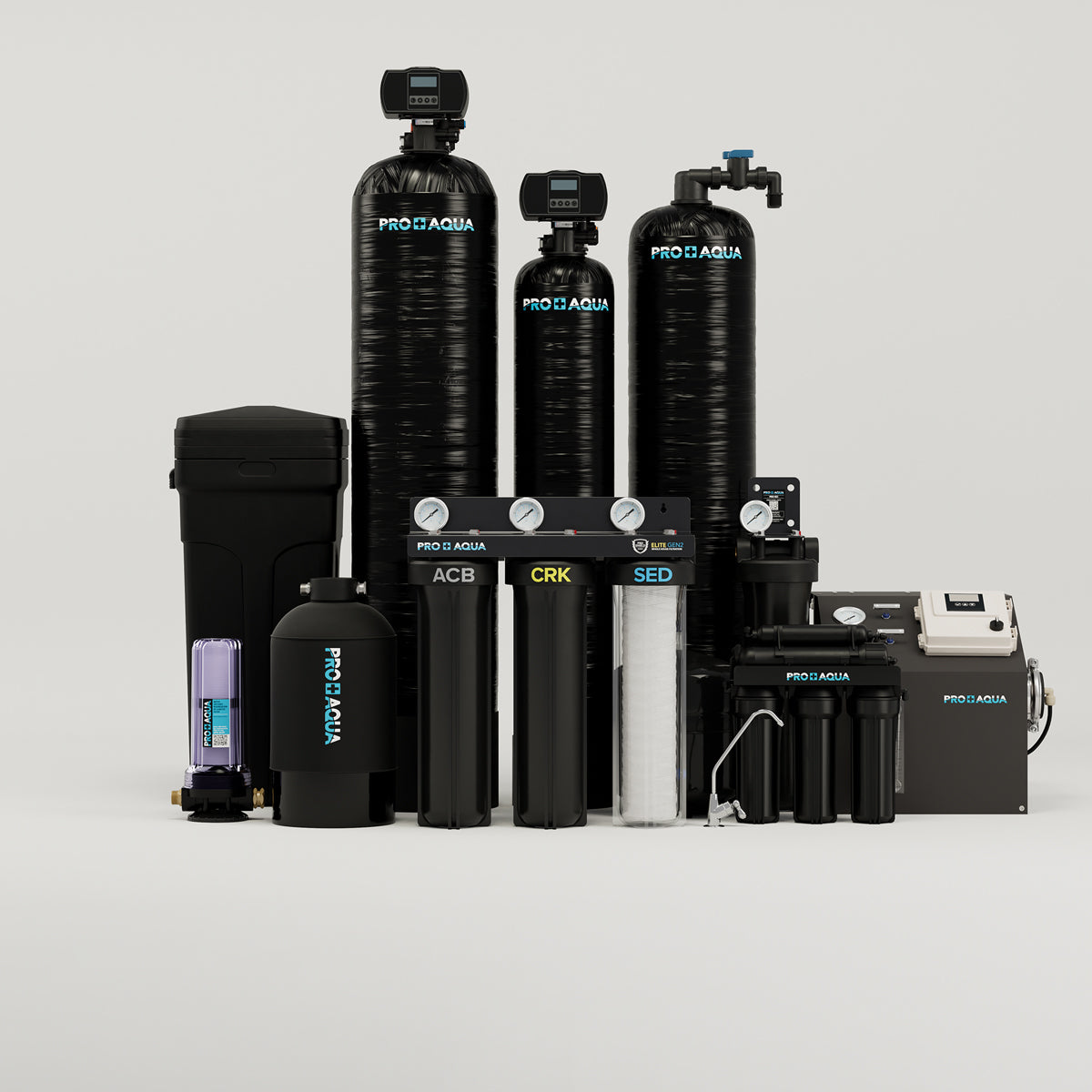
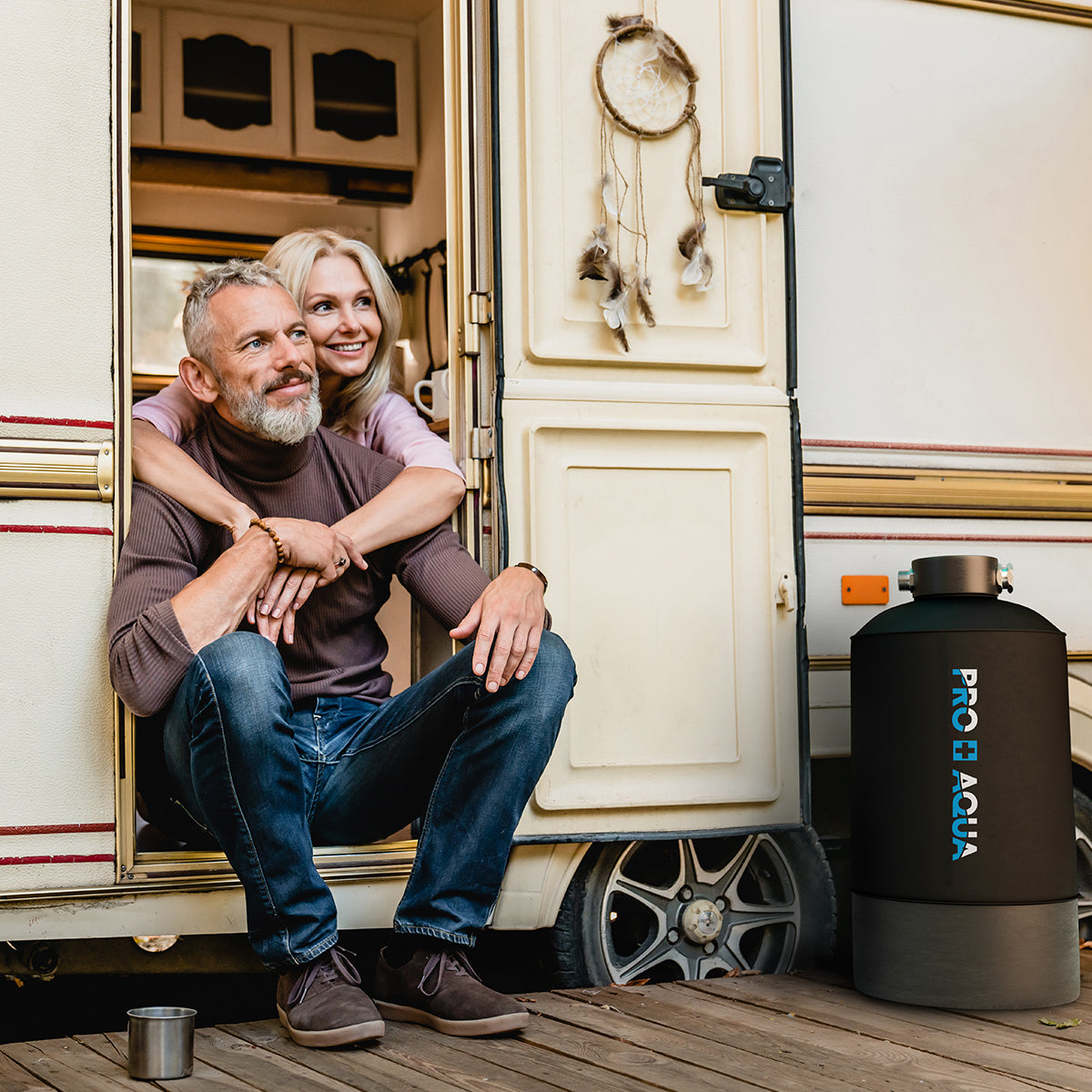
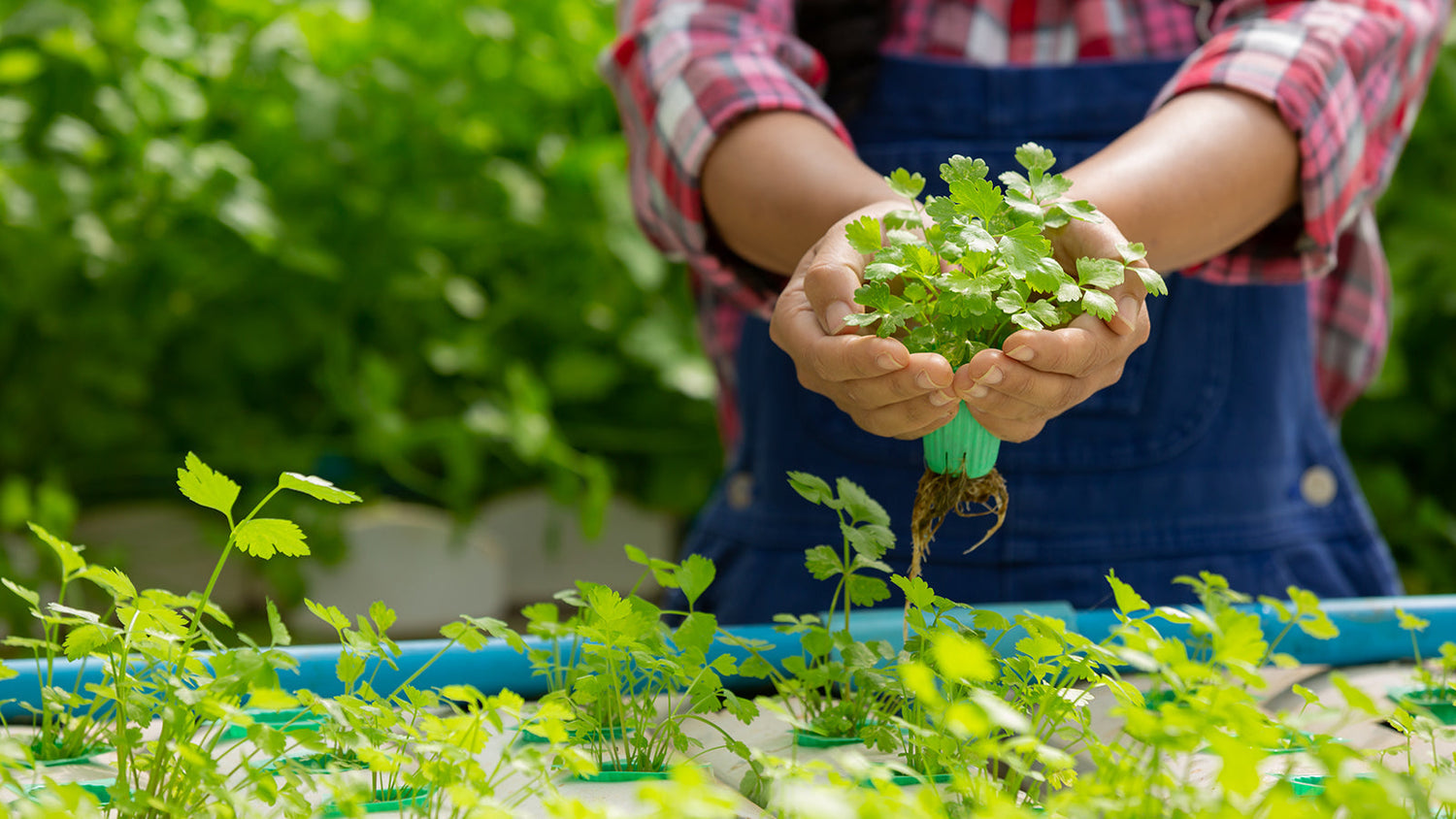
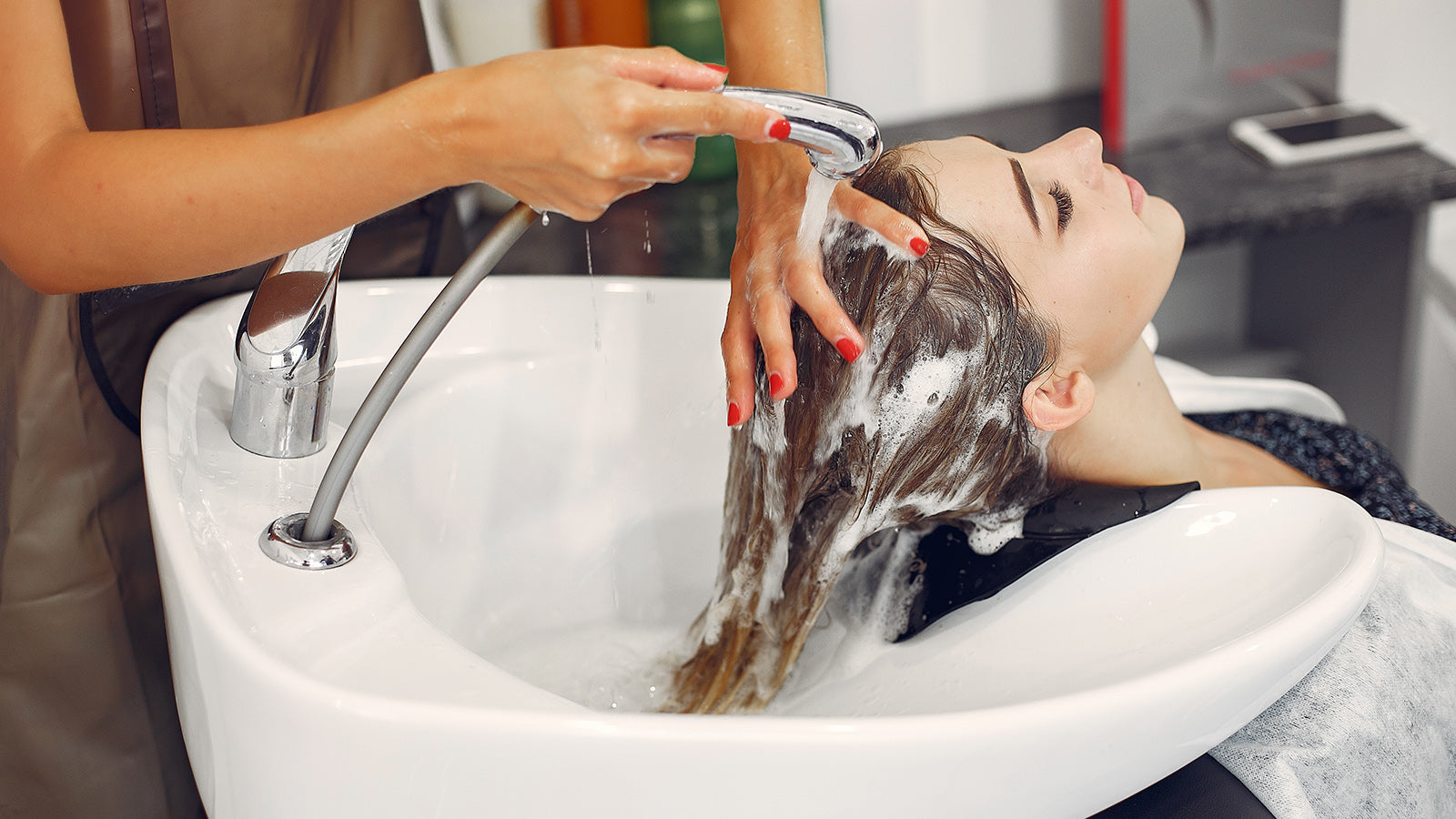
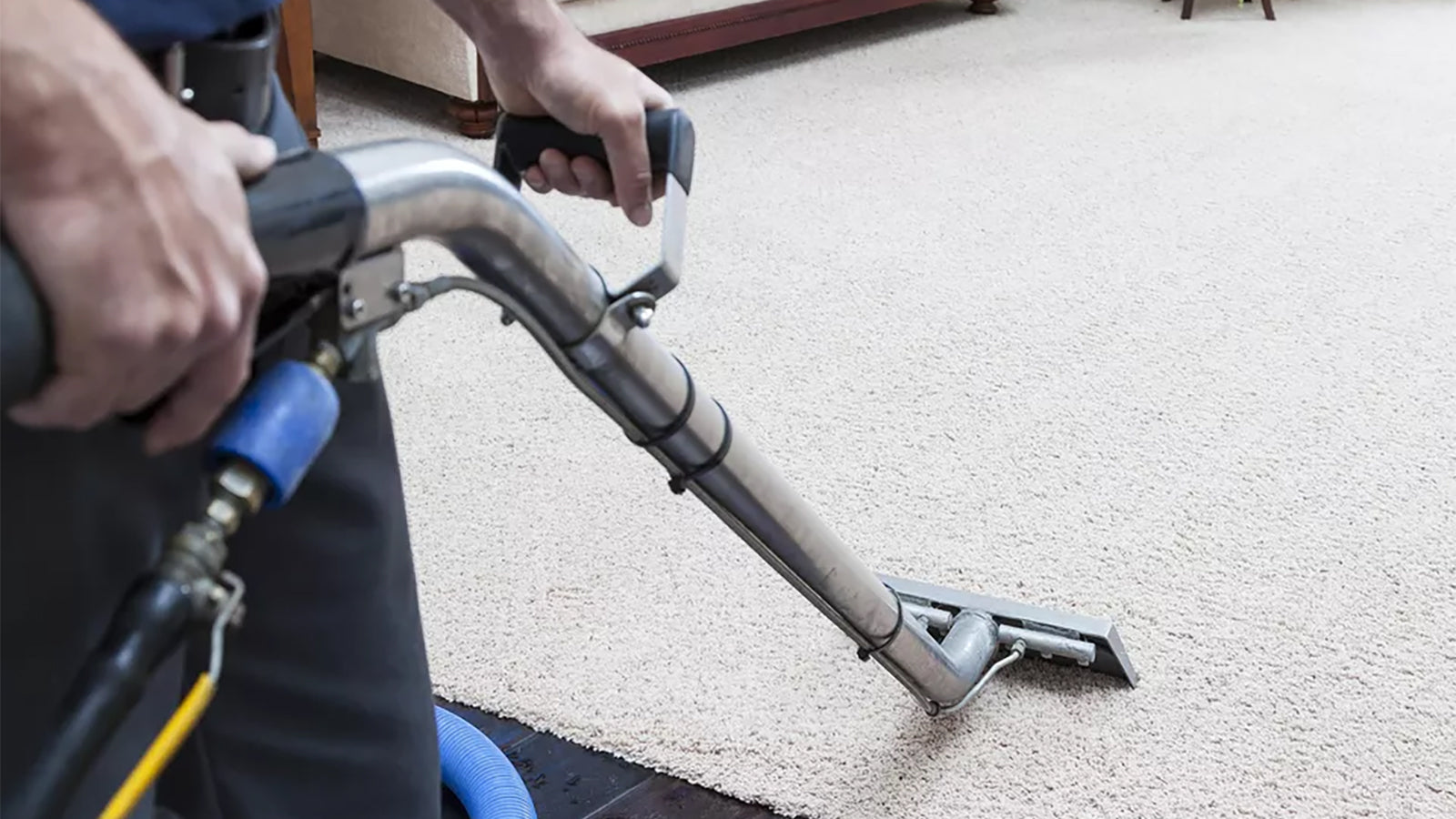
Leave a comment
This site is protected by hCaptcha and the hCaptcha Privacy Policy and Terms of Service apply.